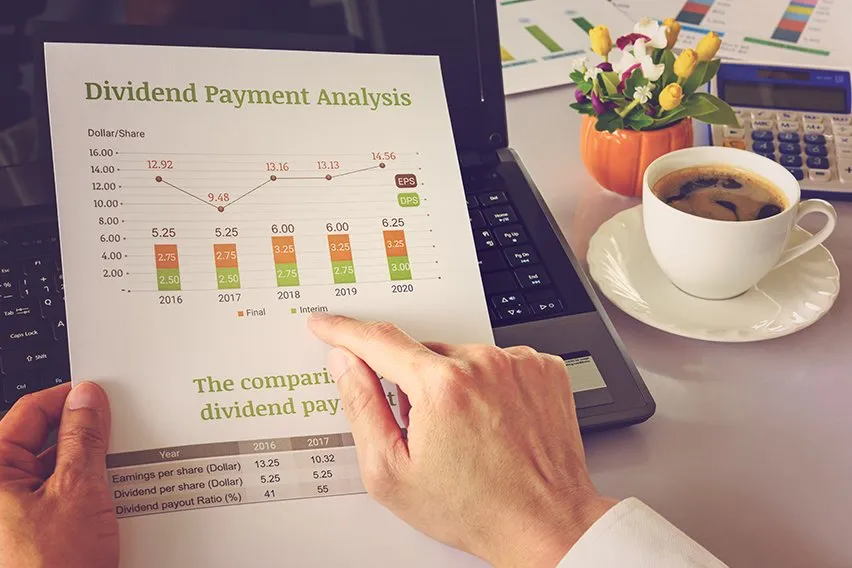What Is the Profitability Index? Definition & Calculation

It doesn’t matter the type of business that you operate or the industry that you are in. It also doesn’t matter if you’re a sole trader or a limited liability partnership. Generating profit and increasing that profit margin is the difference between keeping your doors open or closed.
But how do you make sure that your business is profitable? How can you measure it? You need to consider initial investment, the rate of return and future cash flows. The profitability index measures whether or not a project or investment will benefit your business. And this gets done by measuring the ratio between the initial capital investment and the present value of future cash flows.
Let’s take a deeper look into how the profitability index works.
Here’s What We’ll Cover:
What Is the Profitability Index?
How to Calculate the Profitability Index
What Is the Profitability Index?
The profitability index can also get referred to as a profit investment ratio (PIR) or a value investment ratio (VIR). It represents the relationship that exists between the costs and the benefits of a potential project. The profitability index is the ratio between the initial amount invested in a project and the present value of future cash flows.
The higher a profitability index means a project has benefits and would be considered more attractive. It can be very helpful in ranking potential projects in order to let investors quantify their value.
Having a profitability index of 1.0 is the lowest it should be. Anything lower than that is going to indicate that a project’s present value is going to be far less than the initial investment. So, as the profitability index value increases, so will the financial benefits of the potential project.
The profitability index is kind of like an appraisal technique. You can use it and apply it to capital outlays. It divides project capital cash inflows based on projected capital cash outflow. This helps to determine how profitable a project can be.

How to Calculate the Profitability Index
It can be helpful to calculate the net present value prior to calculating the profitability index. But, the profitability index can get calculated using the following profitability index formula(s).
Present value of future cash flows / the initial investment = profitability index
Or
(Net present value + initial investment) / initial investment – profitability index
- If the profitability index is great than 1, then it shows the project will generate value for your company and you might want to proceed
- If the profitability index is less than 1, then it shows the project will destroy value and you shouldn’t proceed
- If the profitability index is equal to 1, then it shows the project will break even and moving forward will depend on your business
To find more attractive investments, look for a profitability index that is the highest. This shows that the project will generate value for your business and it can be a good investment.
The profitability index can also get referred to as the benefit-cost ratio. Even though some projects have higher net present values, they might not have the highest profitability index. This means it might not be the best way to use your company assets.

Key Takeaways
Regardless of the type of business you operate or your industry, generating a profit is critical to growing and expanding. And when it comes to projects or possible investments, understanding the benefits you can receive is important.
The profitability index can help you determine the costs and benefits of a potential project or investment. It’s calculated based on the ratio between the present value of future cash flows and the initial investment. Having a profitability index higher than 1 is ideal.
Anything lower than 1 indicates that the project’s present value is far less than the initial investment. So, the higher the profitability index, the more benefit and value you will get from it. It works as a way for you to appraise a project to make a more informed decision.
There are two different calculations that you can use to determine the profitability index.
- Profitability Index = Present Value of Future Cash Flows / Initial Investment
- Profitability Index = (Net Present Value + Initial Investment) / Initial Investment
As mentioned above, having a profitability index higher than 1 is ideal. But, sometimes it can be equal to 1. If this happens, it shows that the project will most likely break even. You will then have to make a decision on what’s going to be best for your business moving forward. The result can be a higher return on investment and an increase in potential profitability.
Did you enjoy reading this guide? Head over to our resource hub for more content!
RELATED ARTICLES

 What Is an Asset? Definition & Types
What Is an Asset? Definition & Types What Is a Debenture? Definition & Purpose
What Is a Debenture? Definition & Purpose What Is Cash Flow? Definition, Importance & Examples
What Is Cash Flow? Definition, Importance & Examples Running a Company: What Is a Confirmation Statement CS01?
Running a Company: What Is a Confirmation Statement CS01? Dividend Payout Ratio: Definition, Formula & Calculation
Dividend Payout Ratio: Definition, Formula & Calculation What Is the Effective Annual Rate(EAR) & How to Calculate It
What Is the Effective Annual Rate(EAR) & How to Calculate It